If you’re asking this question you will most likely be better off speaking to an environmental consultant who specialises in contaminated land. Whilst having a look at the material in question and smelling it will give you an indication of it’s health, and seeing what is living such as worms, plants etc will again help, however nothing can be guaranteed without some real scientific investigation.
The real basics of it are –
- Take a sample(s) of the water or soil and store in a suitable container
- Send to an appropriate laboratory, scheduled for analysis of the contaminant of concern, or a whole suite of contaminants if required.
- Compare the results of the analysis against available generic guideline levels.
- If results are below the guidelines, you’re probably ok. If they’re above you will definitely need help from a consultant, but fear not, a detailed quantitative risk assessment (i.e. site specific and not generic guideline values) will give you a definitive answer.
With enough information from the above, remediation contractors should be able to design a solution for any problems which arise. An options appraisal will help you understand the implications of remediation.
The first step in investigating sites for potential contamination is undertaking a desktop study of the site history, read more here.
2021
Soil remediation guide
Approaching soil remediation without any prior knowledge can be difficult and uncomfortable at times, especially when it can potentially be very costly. This free eBook will help you understand the whats, the whys and the hows of soil remediation in the simplest terms.
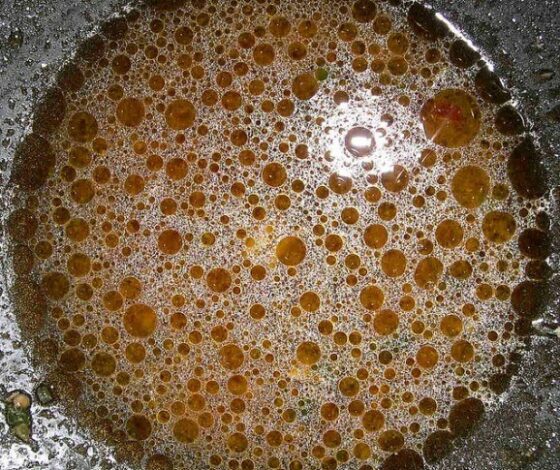
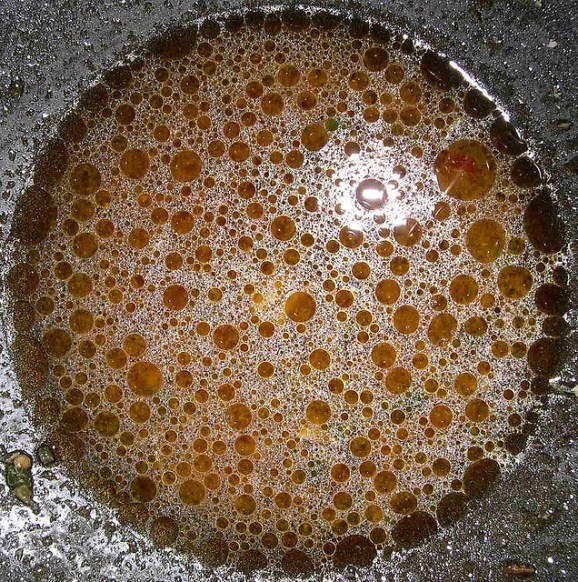
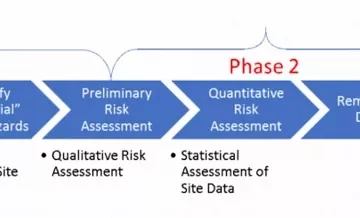
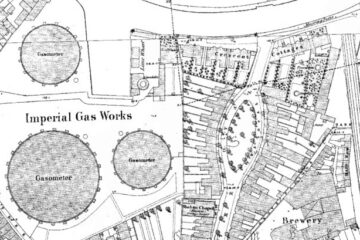
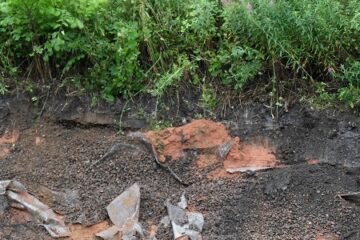



Leave a Reply